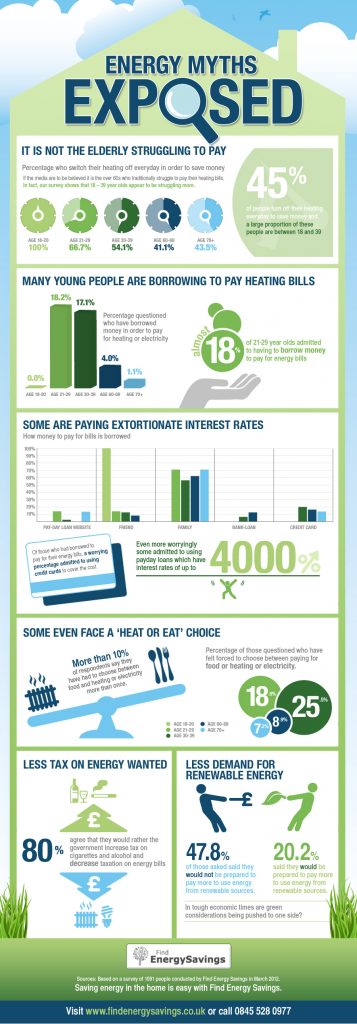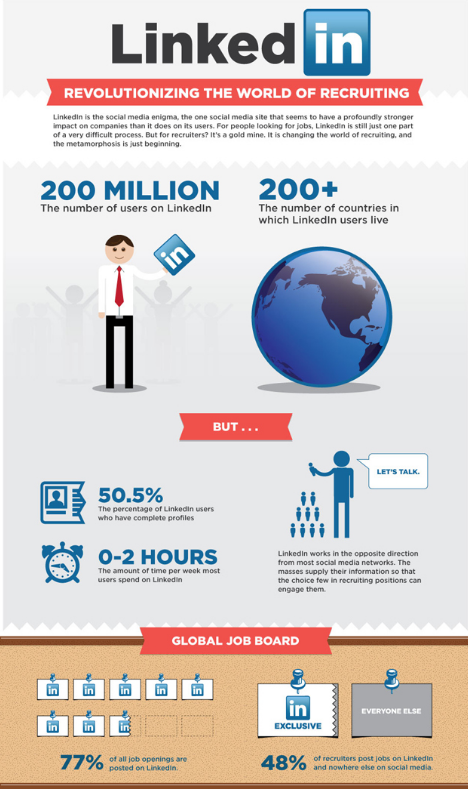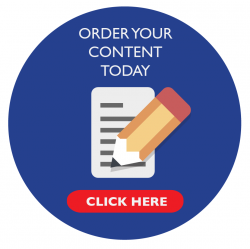The recent news of Today Newspaper and Campaign Asia shutting down their print editions and going fully digital got us all talking about the fate of newsrooms and journalism.
Make no mistake, earned media is still hugely important for brands and that is unlikely to change in the foreseeable future. However, the way people consume media has changed drastically and that has far-reaching implications not just for journalism, but also PR and communication teams.
Here are some tips to help you keep up and evolve:
Know your editors and their beats
This is key to ensuring your news is visible to those who need to see it. Understanding the new media landscape from a journalist’s point of view is paramount if you want to participate as a business owner, marketer or PR professional. And there’s multiple ways to do this! Start by reading every online and print publication that matters. Staying in sync with topics journalists cover will only benefit your campaign. Industry news and hot trends are a must, but knowing what captures the attention of journalists and editors is the key to a successful pitch.
Use social media to connect
As more information goes out on social media, these platforms have become a valuable story resource for the journalists and editors. Social media is a key ingredient to mastering media relations, so use it effectively:
- Gather intelligence – Want to pitch a story idea to a reporter? Then use social media to learn what makes them tick. Target specific journalists or bloggers and follow them on Twitter, their professional Facebook pages, Instagram or LinkedIn. It will provide you with insights that can help you with your next pitch.
- Build relationships – Interacting through Tweets or comments can be a gateway to a conversation. Don’t underestimate the impact of a well-placed and thought-through comment.
- Promote your thought leadership – The more you share your content and thoughts on social media, the higher your chances to appear on the feeds of journalists or editors.
- Respond to breaking events – Share information that helps putting a related breaking story into context. You will have a good chance of attracting the attention of journalists. While you’re at it, pay attention to trending hashtags.
Use Google analytics for insights
Welcome to the age of data-driven PR. Using Google analytics, there’s an abundance of data insights at your fingertips, ranging from the source of your traffic to how many pages a visitor viewed. You can track visits from published PR materials and the source of leads. You can find out more about what your target audience looks at and where they come from. These insights into the readership of digital news websites add a strategic element to your campaign.
Suggested read: Up your PR game with data
Don’t limit your press releases
While it’s important to announce product announcements or executive changes, press releases can do much more. Use press releases to promote whitepapers, webinars, blogs and much more. Online content is becoming more diverse in topic and imagery. It’s rare for a publication to be solely print nowadays, so it’s vital to consider content for the website.
A journalist is more likely to run your story if you can provide a few good quality images, a video and an infographic. Online publications rarely use only text. Announcements that are a little different and use alternative media will capture the attention and make your viewing experience as diverse and interesting as possible.
Need to get up to speed with digital media relations? Get in touch with us at [email protected]




